Calsavers: Pros, Cons, Requirements, and Alternatives

Estimated reading time: 8 minutes
If you own a small business in California with 1-4 employees (other than yourself), you’re required to offer workplace retirement benefits by the end of 2025.
To help with this transition, California has created CalSavers, a state-sponsored retirement savings program that automates employee contributions to a Roth IRA.
However, CalSavers comes with significant limitations compared to other workplace retirement plans. Before committing, consider choosing a retirement plan that offers more than meeting compliance requirements.
In this article, we’ll cover what you need to know about CalSavers, including the pros, cons, and alternative options you might want to explore.
_________
KEY TAKEAWAYS
CalSavers makes contributions to a Roth IRA by automatically deducting the post-tax funds from the employee’s paycheck.
By December 31, 2025, most California based small businesses must opt in to CalSavers or an alternative qualifying retirement plan.
If your small business only issues a W-2 to yourself (the owner), the mandate doesn’t apply.
CalSavers is limited as a retirement plan, offering lower employee contribution limits and no opportunity for employer contributions.
_________
A Brief Overview of CalSavers
In 2020, California rolled out CalSavers to encourage greater retirement plan participation amongst California-based employees. The program allows eligible employees to automatically deduct a portion of their paycheck and deposit the funds into a Roth IRA.
In 2025, qualifying individuals can contribute up to $7,000 a year across all traditional and Roth IRAs, or $8,000 a year if you’re age 50 or older.
Roth IRA contributions do not offer an immediate tax break like qualifying contributions to a traditional IRA. The main benefit is that qualifying distributions (withdrawals) from a Roth IRA can be entirely tax-free.
If you have at least one employee (not including yourself) and don’t already offer a retirement plan at work, you must sign up for CalSavers before the end of 2025.
Opting into CalSavers does satisfy the state compliance requirement, though it might not be the best fit for you and your small business.
Pros and Cons of CalSavers
Let’s take a look at the pros and cons of CalSavers as a workplace retirement plan.
Pros:
- Satisfies state requirements
- Relatively easy setup for employers
- No fees for employers
- Auto-enrollment may help improve plan participation
Cons:
- Lower contribution limits than other workplace retirement plans
- Limited investment options
- Employees may have to pay fees
- Ongoing administrative duties for payroll deductions
- No option to take a loan like a 401(k) plan
CalSavers Investment Options
CalSavers offers five main investment options:
- Target-date retirement fund
- Money market fund
- Core bond fund
- Global equity fund
- Environmental, Social, and Governance (ESG) fund
CalSavers Contribution Limits
Because CalSavers is simply contributing funds to a Roth IRA, employees are limited by the Roth IRA contribution limits. For 2025, these are set at $7,000 per year, or $8,000 per year if they’re age 50 or older.
For comparison, a 401(k) offers contribution limits of up to $70,000 per year as a combination of employee and employer contributions.
What if I Don’t Comply with CalSavers?
If you don’t comply within 90 days of receiving notice, you can face initial penalties of up to $250 per employee. If you still fail to comply within 180 days of receiving notice, your small business will owe an additional $500 per employee. And for each year that you fail to comply with requirements, you will face an additional $500 per employee per year.
Are Any Businesses Exempt from CalSavers?
Yes, If you don’t issue W-2s to anyone other than yourself (the owner), this mandate doesn’t apply to you.
Your small business could be exempt if it:
- Has no employees other than the owners
- Closed or was sold
- Offers a qualified retirement plan
- Is a government entity, religious organization, or tribal organization.
Before committing to CalSavers, ensure that your company doesn’t meet one of the criteria above.
How Much Does CalSavers Cost?
For employers, CalSavers is 100% free.
Employees must pay $17 a year in administration fees in order to participate. In addition, the program’s investment options charge expense ratios ranging from 0.325% to 0.49%. This fee will automatically be pulled from the Roth IRA.
The 3 Main Alternatives to CalSavers
Before committing to any financial decision, you should always consider your options. When it comes to workplace retirement plans for small businesses, you have three primary alternatives to CalSavers at your disposal:
401(k)
By far the most common private-sector workplace retirement plan, 401(k)s offer the highest combined contribution limits, allowing employee and employer contributions.
For 2025, employees can contribute up to $23,500. If they're 50 or older, they can contribute an additional $7,500, bringing their total employee contribution limit to $31,000. If they’re between ages 60-63, the standard $7,500 catch-up limit increases to $11,250, bringing their total employee contribution limit to a whopping $34,750.
Employers can contribute an additional 25% of employee compensation, up to a cap of $70,000 for combined employer and employee contributions.
While 401(k)s offer massive potential for tax-advantaged savings, it’s important to keep in mind that these plans entail more complex administration and typically higher costs than IRAs.
SEP IRA
SEP IRAs might not offer as high contribution limits as 401(k)s, but they do offer the greatest contribution limits of any IRA.
Unlike a 401(k) plan, employees cannot make contributions to a SEP IRA. For 2025, the employer contribution limits are set at the lesser of
- 25% of the employee’s compensation, or
- $70,000
However, as the employer, you must offer a uniform contribution to all eligible employees. For instance, if you choose to offer a 10% nonelective employer contribution, you must offer that contribution to all plan participants.
For this reason, SEP IRAs are typically chosen by small businesses with few employees.
SIMPLE IRA
The third main alternative to CalSavers is a SIMPLE IRA, which is often considered a mini 401(k).
SIMPLE IRAs are relatively easy and inexpensive to operate, and don’t require discrimination testing like a 401(k). However, these accounts offer lower contribution limits than other workplace retirement plans.
These plans were designed for businesses with 100 or fewer employees, and offer the opportunity for employers and employee contributions.
On employer contributions, SIMPLE IRAs typically require employers to offer a 3% matching contribution or 2% nonelective contribution to all eligible employees.
For employee contributions, the 2025 SIMPLE IRA standard deferral limit is $16,500 per employee, while those aged 50 or older can contribute an additional $3,500.
Here’s where it gets complicated, largely due to the effects of the SECURE Act 2.0.
For employers with 25 or fewer employees, this standard limit automatically increases to $17,600, while the catch-up limit increases to $3,850.
Employers with more than 25 employees can also offer this increased deferral limit. If they choose to do so, they must increase their employer contribution to a 4% matching contribution or 3% nonelective contribution.
Meanwhile, plan participants aged 60-63 can take advantage of “super catch up contributions.” During these years, employees can contribute $5,250 as their catch-up contribution, replacing the standard catch-up contribution limit.
Finally, employers can make an additional nonelective contribution to each employee in a uniform manner, as long as the contribution does not exceed 10% of compensation or $5,100 (indexed for 2025).
How to Sign Up for CalSavers or Claim an Exemption
Here’s a step-by-step guide to sign your small business up for CalSavers or file for an exemption:
1. Register or Request an Exemption
Start by gathering
- Your company’s Employer Identification Number (EIN) or Tax Identification Number (TIN)
- Your CalSavers Access Code. This should have been sent to your business’s primary contact with the California Employee Development Department (EDD). If you haven’t received one yet, you can request one online.
To opt out of CalSavers or claim an exemption, submit your exemption reason and supporting documentation by clicking here.
2. Register Your Employees
Once you’ve registered your small business, you have 30 days to upload a roster of your eligible employees. CalSavers will reach out to eligible employees with instructions on how to make elections or opt out. Employees will have a 30-day window before payroll deductions kick in. If an employee takes no action, they will automatically be enrolled.
3. Begin Making Contributions
On the first pay period after the 30-day window expires, you must begin sending contributions from your employees’ paychecks to the program. Simply enter the contributions online through your CalSavers account or with the Employee Contribution Template. Note that you’re required to submit the contributions within seven days of taking the money out of your employees’ paychecks.
4. Keep Up With Your Responsibilities
CalSavers requires more upkeep than many workplace retirement plans. For instance, you’ll have to track opt-outs and re-enrollments, upload contributions for every pay cycle, adjust payroll deductions if an employee changes their election, and update your employee roster if someone leaves or joins.
Consider a Self-Directed Workplace Retirement Plan
As a small business owner, you likely have insights that go beyond what a typical mutual fund can offer. Whether you understand which startups are poised for growth or know how to spot undervalued properties, your expertise can give you a unique investment edge.
But CalSavers doesn’t let you put that knowledge to use. You’re limited to a Roth IRA with a few preselected investment options.
By contrast, a self-directed retirement account lets you invest in what you know (like real estate, private equity, or other alternative assets) and offers significantly higher contribution limits.
For example, if you run your business as an LLC in the real estate space, a self-directed SEP IRA, SIMPLE IRA, or 401(k) could allow you and your employees to:
- Leverage your industry knowledge for potentially higher returns
- Contribute more than you could with CalSavers
- Maintain the same tax advantages, just with more flexibility
Self-Directed Account vs CalSavers
Here’s a brief overview of how a self-directed workplace retirement plan compares with CalSavers:
|
Feature |
Self-Directed Account |
CalSavers |
|
Account Options |
SEP IRA, SIMPLE IRA, 401(k) |
Roth IRA |
|
Who Can Contribute |
Employer and employee (except SEP) |
Employees only |
|
Investment Options |
Any asset the IRS allows |
Five pre-selected options |
|
Cost |
Minimum of $200 per account |
No cost for employers; at least $17 a year for employees |
|
Contribution Limits |
Up to $70,000 per year |
$7,000 per year or $8,000 if age 50 or older |
|
Loans |
Allowed with a 401(k) |
Not allowed |
Explore Your Options
Thinking about opening a self-directed SEP IRA, SIMPLE IRA, or 401(k) for your California business? You can open an account here with just your government-issued ID and about 10 minutes of your time.
Want to learn more first? Download our free Self-Directed IRA Basics Guide, which covers:
- What types of investments are allowed (and which are off-limits)
- Potential risks and compliance rules
- Traditional vs. Roth accounts
Still have questions? Fill out our Contact Us form or book a short call with one of our SDIRA specialists. Even if you decide it’s not the right fit, you’ll walk away with a clearer understanding of your options.





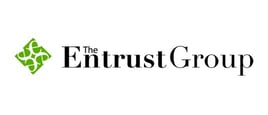





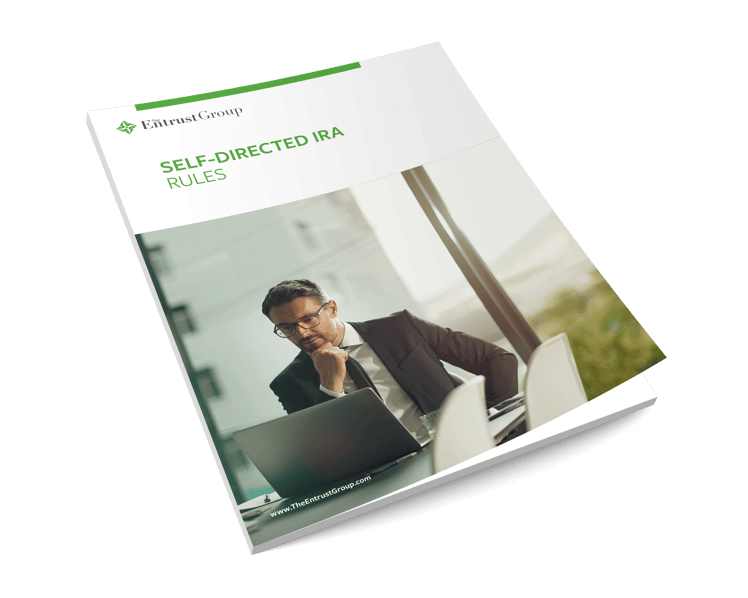
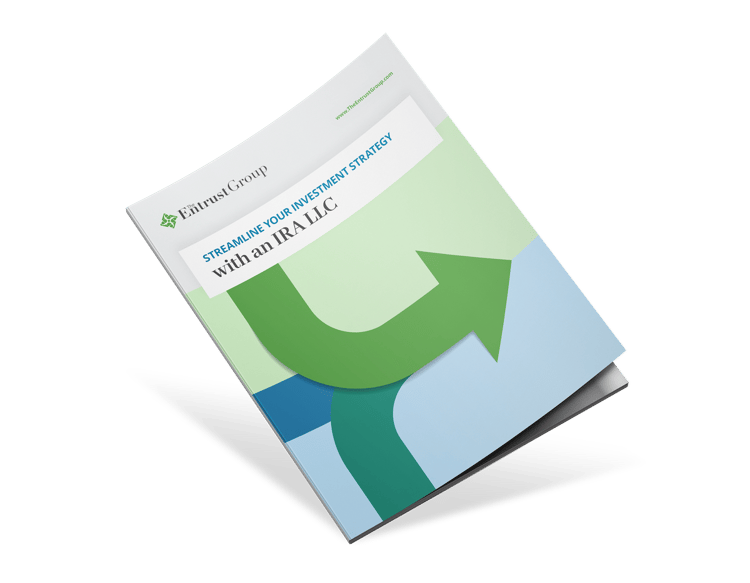

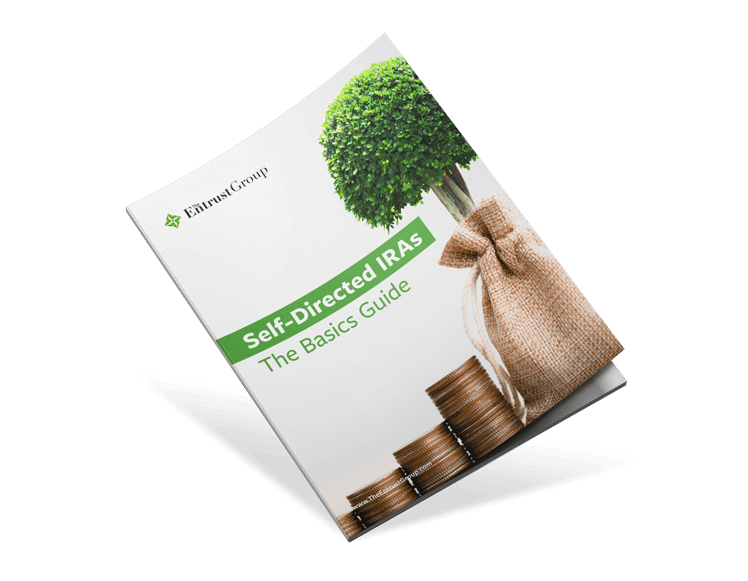





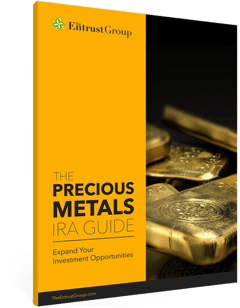



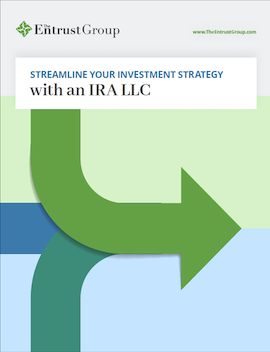

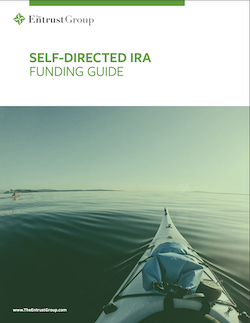
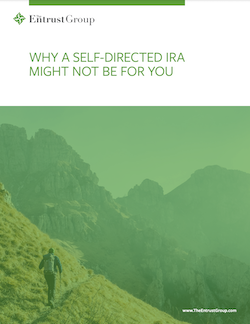
0 Comment